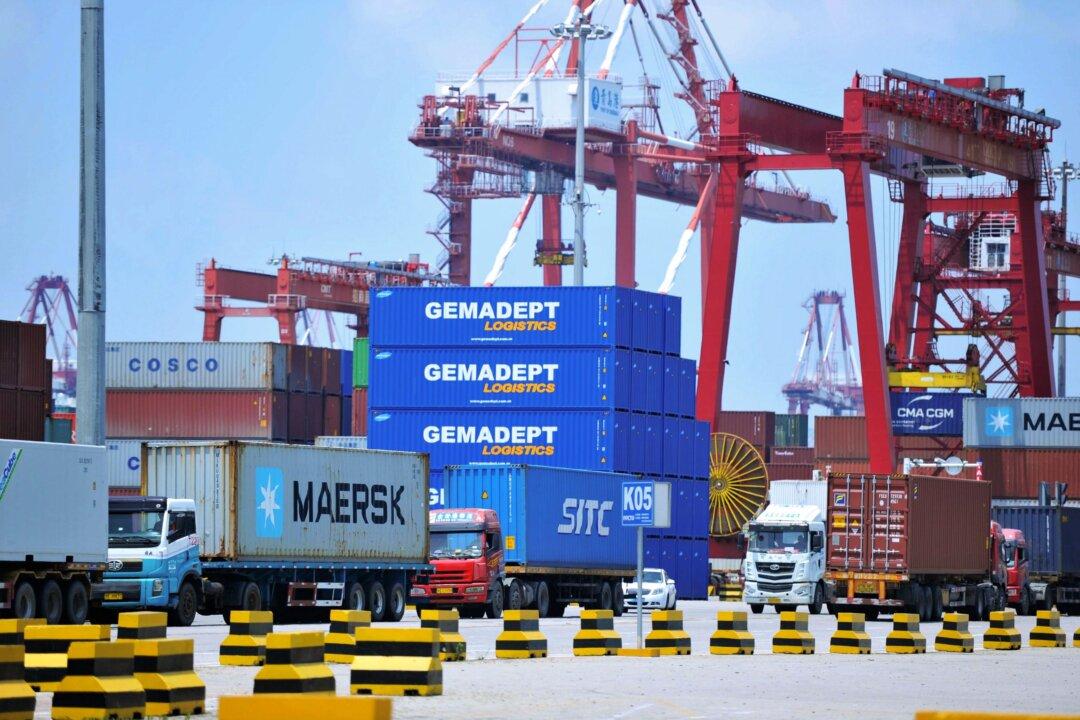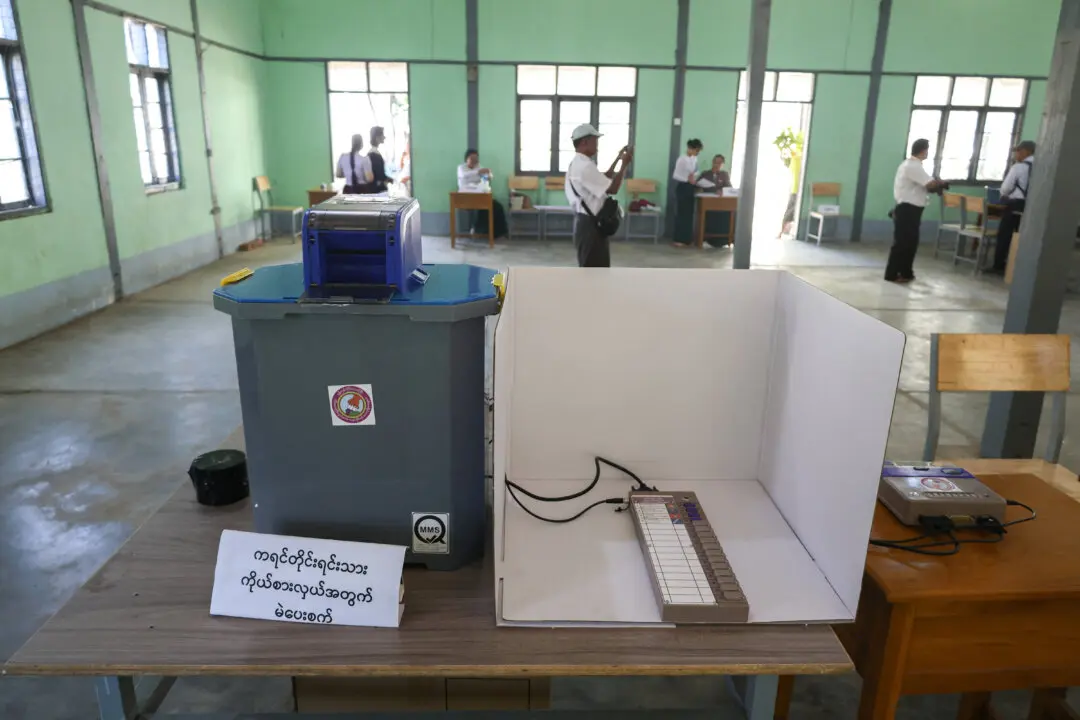BEIJING/WASHINGTON—With U.S. President Donald Trump gearing up to impose tariffs on $200 billion in Chinese goods and Beijing certain to retaliate against any measures, the world’s two biggest economies are locked in an escalating trade war, with no resolution in sight.
The United States is negotiating with Canada this week to try and finalize a deal to modernize the North American Free Trade Agreement, an outcome some in the White House say will allow Washington to turn up the heat on Beijing.





